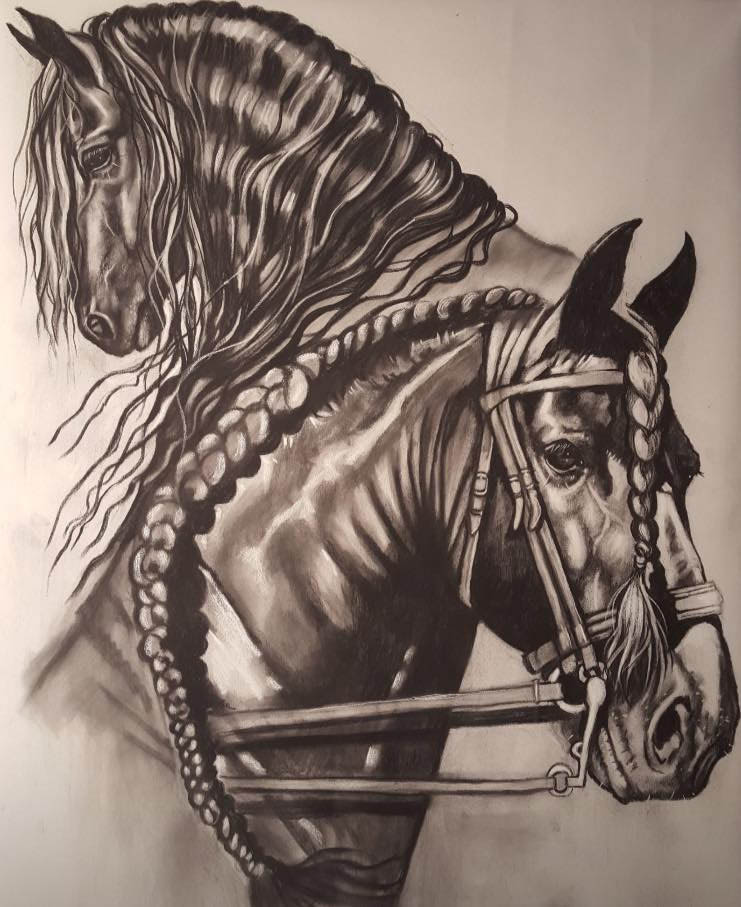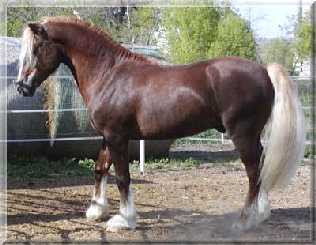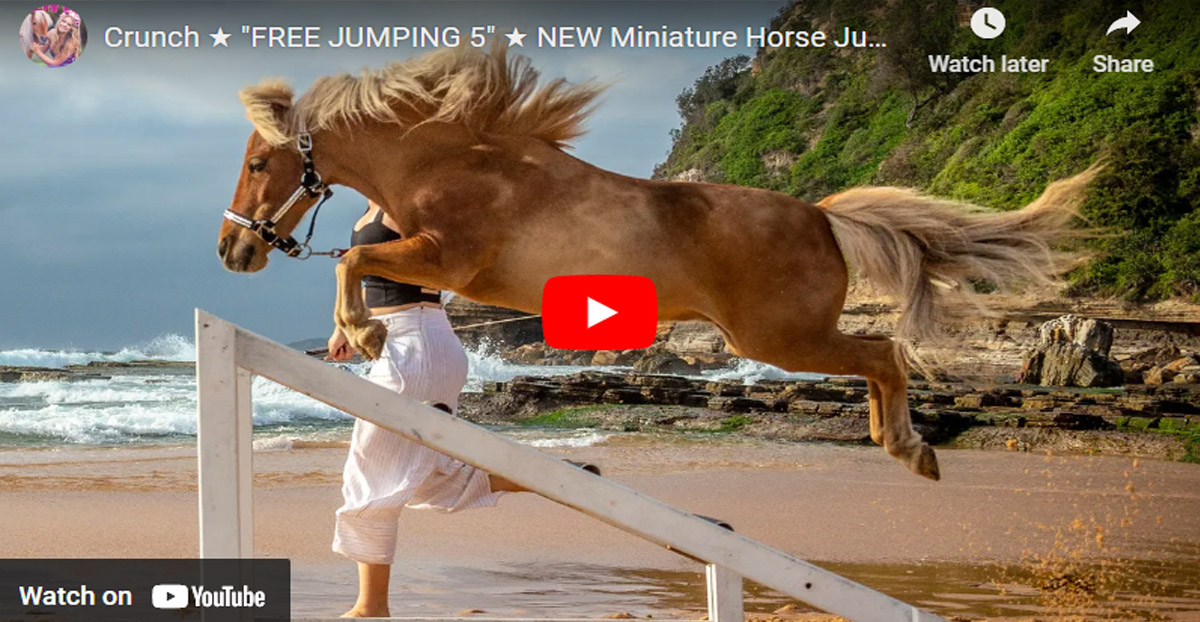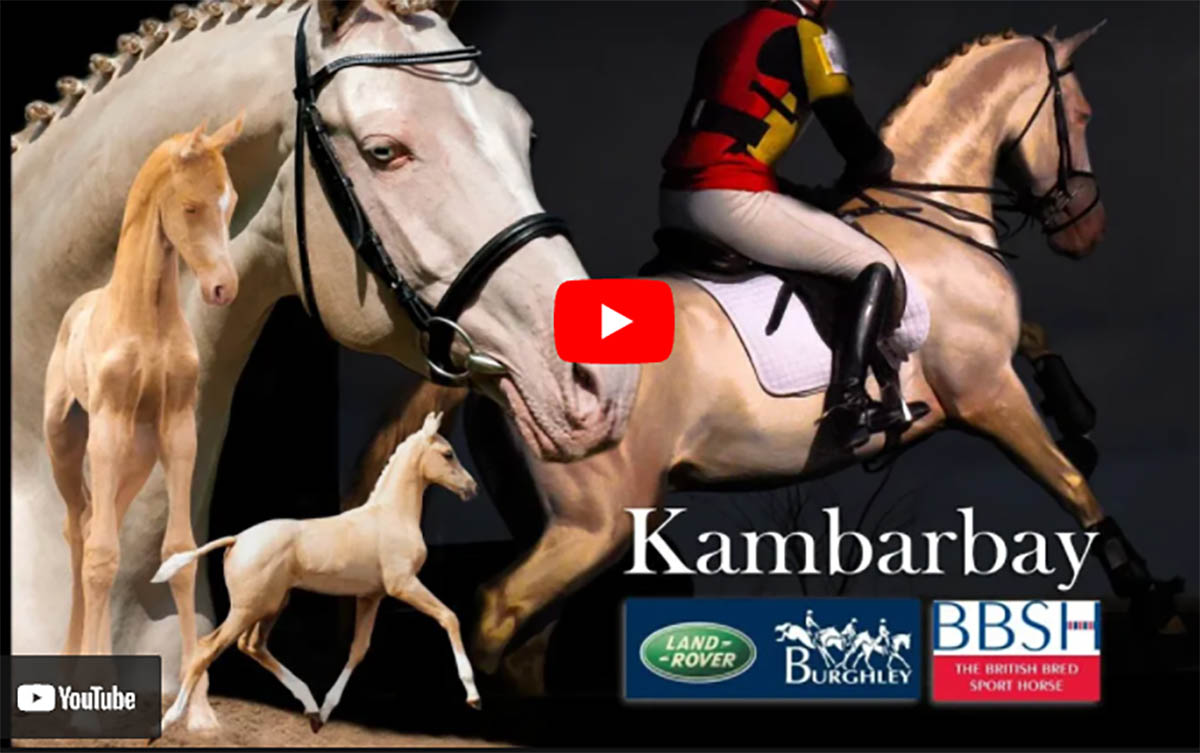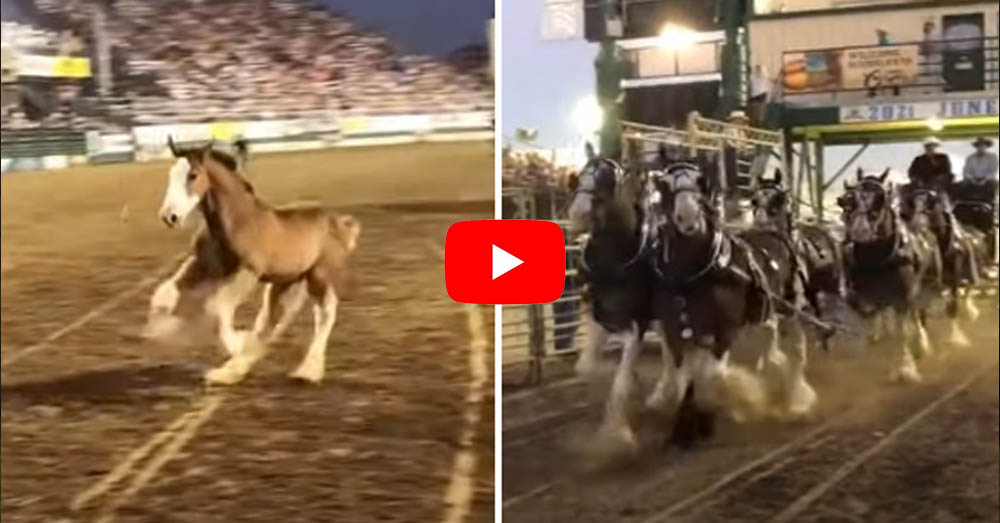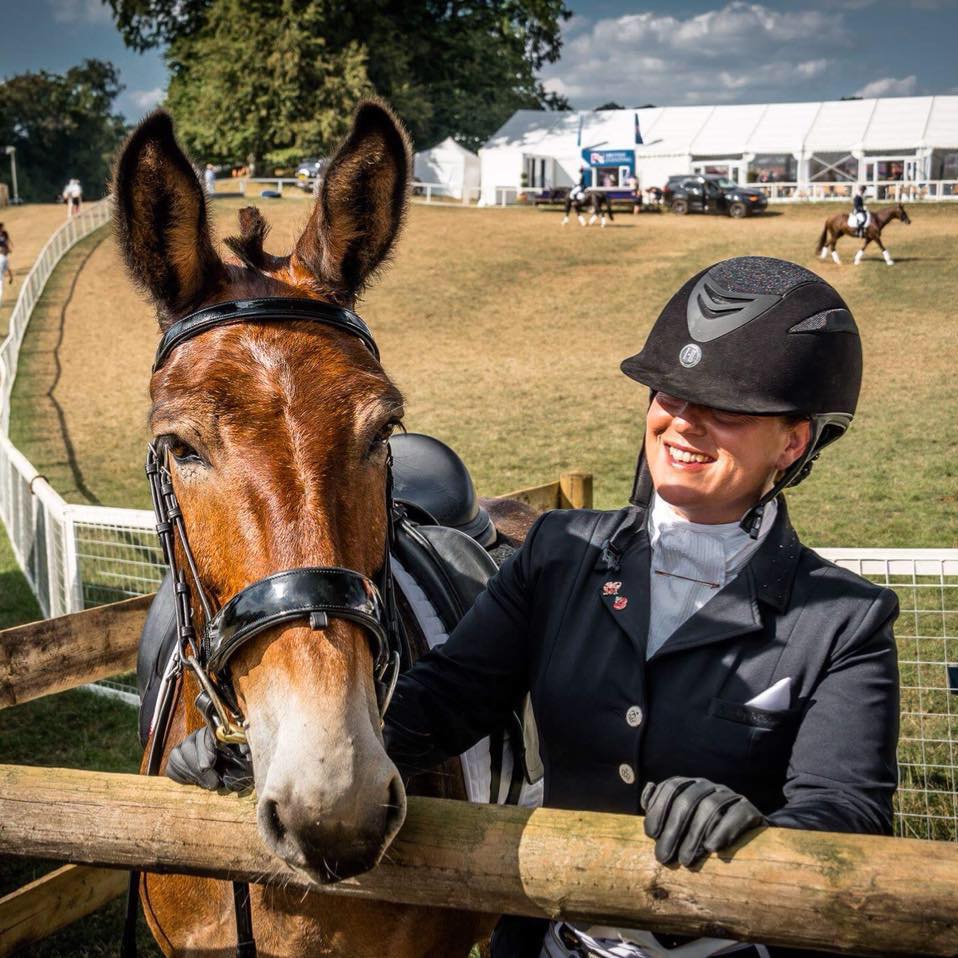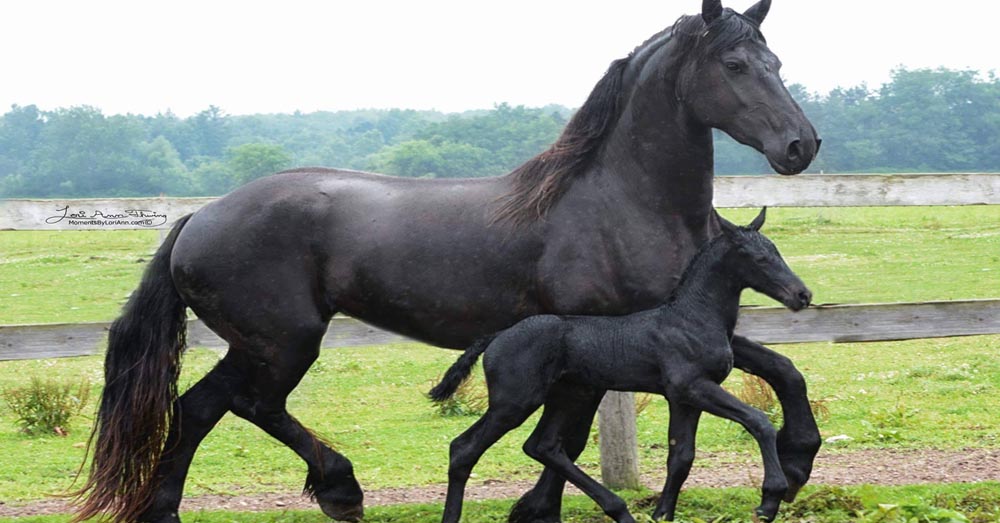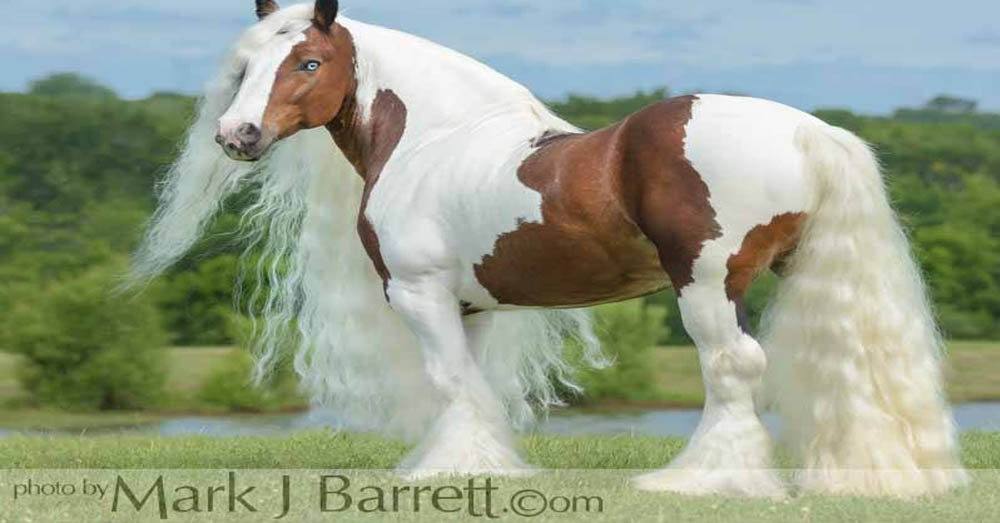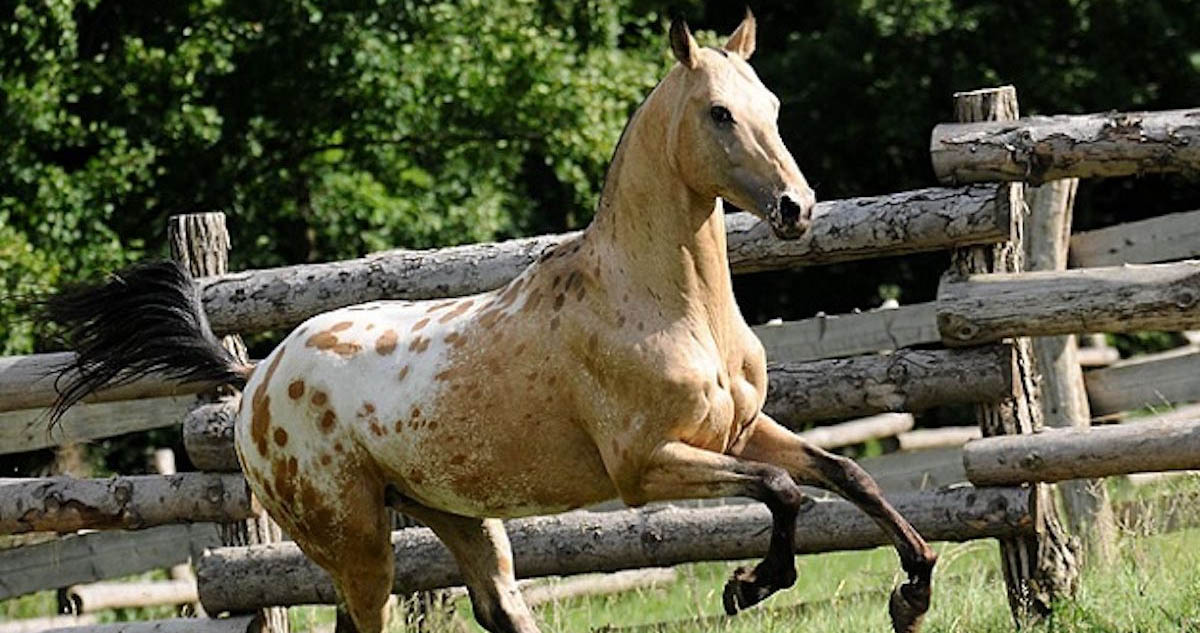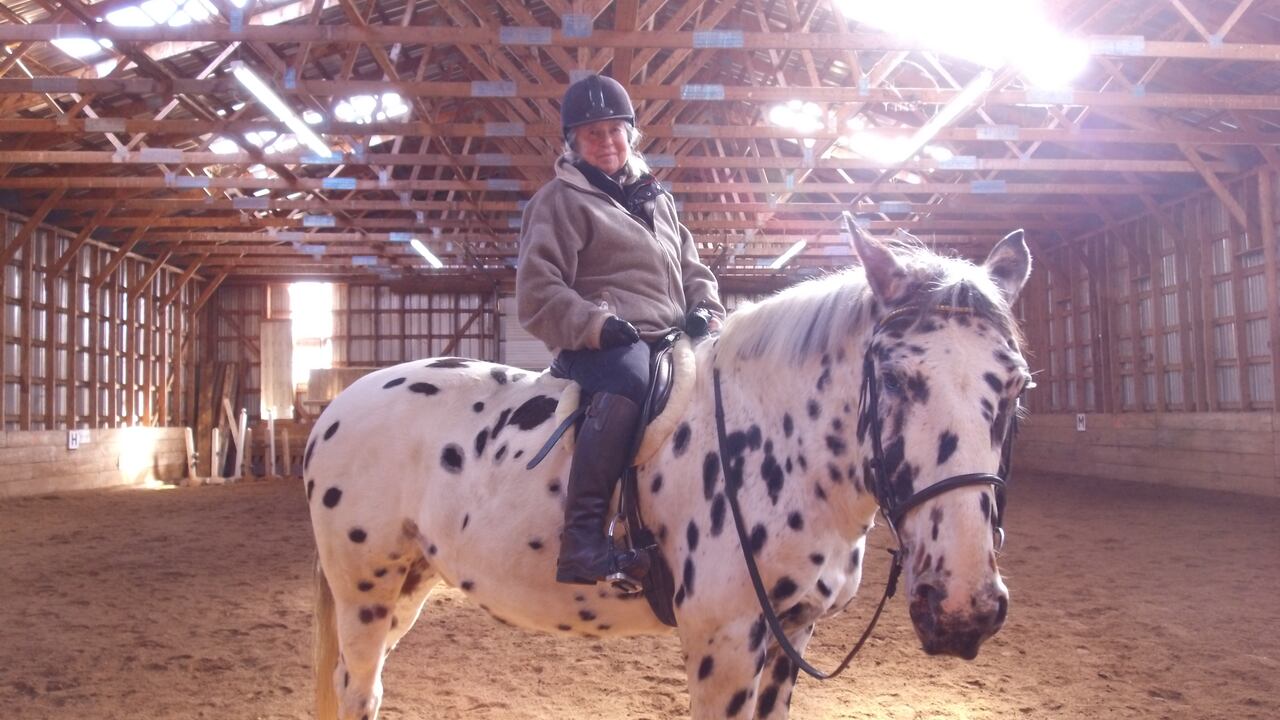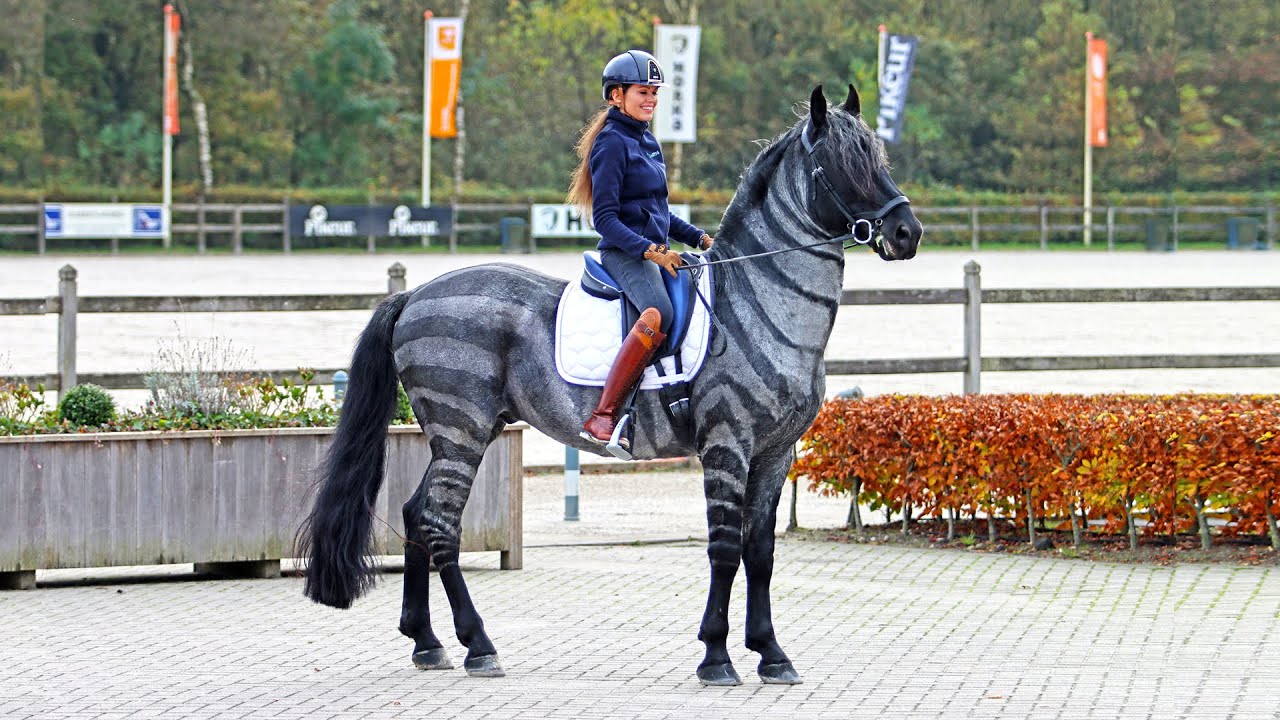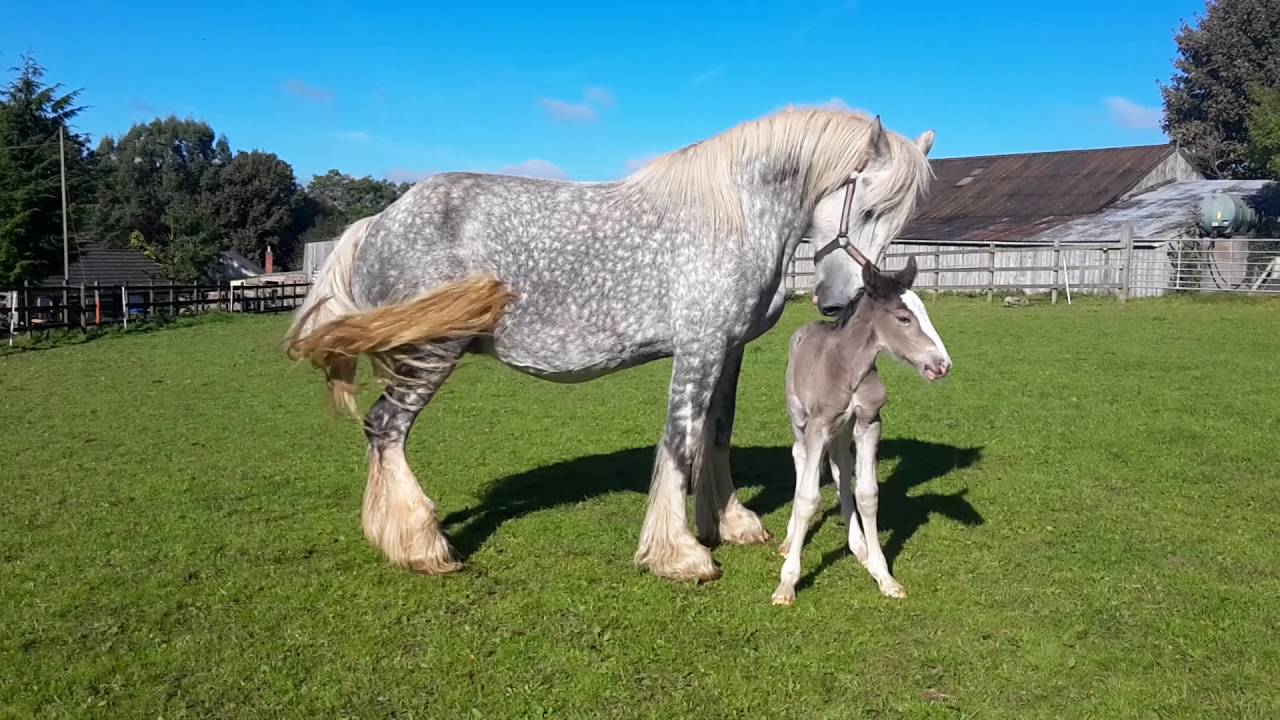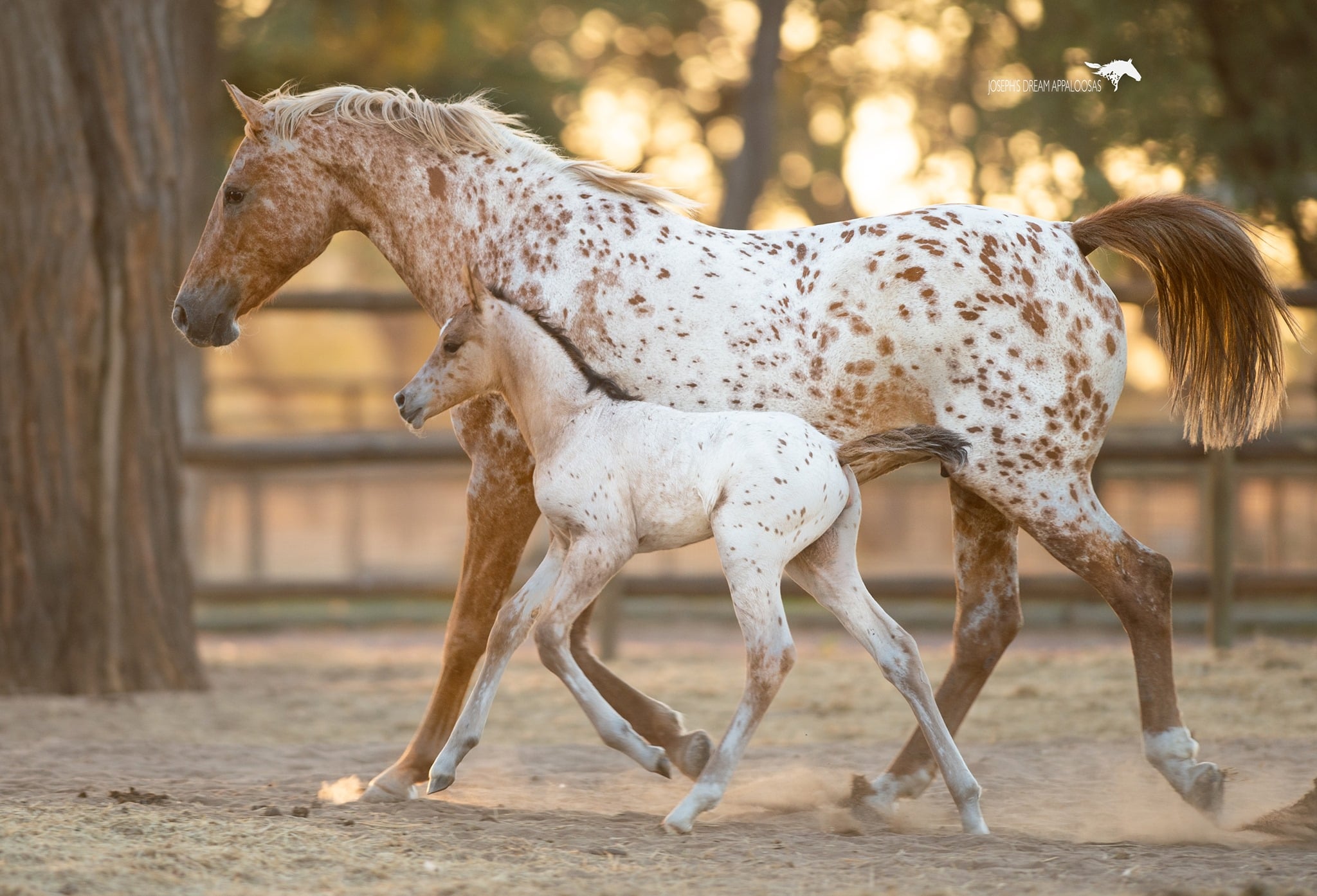Sandra Aguera
Sandra Aguera - Argentina
I use several types of fencing, they all have their pros and cons. I like my rail fencing the best, but it is costly. It can cost several dollars each foot, so I only have this in the horseís winter paddocks, which get the highest traffic, and then up front where it can be seen from the house so it looks nice. The other disadvantage of wood fencing of any sorts (besides the expense) is that many horses will chew wood and it then starts looking ugly, and needs upkeep. If you buy a ďno chewĒ product and apply it that can help. I also use some portable metal panels. I like these because I can rearrange them to make stalls, small pens, a round pen, etc as needed. They are strong, very visible and horseís canít chew them. They are also very expensive, you can easily spend $100 per panel. Also, the one danger is; if horses roll besides them they can easily get a leg trapped. Lastly, for my larger paddocks and pastures I use wire fencing. Ideally you should use smooth barb-less barbwire, not the regular barbed wire and not the high tensile wire. You probably will need at least one line of electric fencing with it to keep horses from leaning and pushing on the wire. This is the most economical type of fencing, which is why its ideal for large areas, especially where this isnít high traffic. It is easy to install and easy to repair. Horses do not chew the wire, but they will chew the wooden posts if bored. Disadvantages are 1)less visible to a horse so more likely to be ran into, especially if horses push and fight 2)horses can get pushy and lean into and over the fence if you donít use an electric strand on the top 3)barbed wire is dangerous if your horse ever gets a food over it, or runs into it. Lastly, the good quality rope electric fencing is wonderful. Not nearly as expensive as wood or panels, much safer than almost any product and can last a long time. But electric fences take maintance, you have to make sure the current works, be near a source of electricity, and needs special adjusting for winter time. I find that a combination of fencing is ideal. Make sure your holding pens and high traffic areas are super strong and long lasting. I would spend the money on either wood fencing or metal panels in this area. Then for your larger areas go with wire fencing. You may choose to put the most dangerous areas on wood fencing, such as one side where horses lean or stand alot. Donít be scared to look around at electric fencing, companies such as Electro-Braid have some really godo products that are safe and fairly economical (although nothing is as cheap as wire fencing) Hope that helps.

I use several types of fencing, they all have their pros and cons. I like my rail fencing the best, but it is costly. It can cost several dollars each foot, so I only have this in the horseís winter paddocks, which get the highest traffic, and then up front where it can be seen from the house so it looks nice. The other disadvantage of wood fencing of any sorts (besides the expense) is that many horses will chew wood and it then starts looking ugly, and needs upkeep. If you buy a ďno chewĒ product and apply it that can help. I also use some portable metal panels. I like these because I can rearrange them to make stalls, small pens, a round pen, etc as needed. They are strong, very visible and horseís canít chew them. They are also very expensive, you can easily spend $100 per panel. Also, the one danger is; if horses roll besides them they can easily get a leg trapped. Lastly, for my larger paddocks and pastures I use wire fencing. Ideally you should use smooth barb-less barbwire, not the regular barbed wire and not the high tensile wire. You probably will need at least one line of electric fencing with it to keep horses from leaning and pushing on the wire. This is the most economical type of fencing, which is why its ideal for large areas, especially where this isnít high traffic. It is easy to install and easy to repair. Horses do not chew the wire, but they will chew the wooden posts if bored. Disadvantages are 1)less visible to a horse so more likely to be ran into, especially if horses push and fight 2)horses can get pushy and lean into and over the fence if you donít use an electric strand on the top 3)barbed wire is dangerous if your horse ever gets a food over it, or runs into it. Lastly, the good quality rope electric fencing is wonderful. Not nearly as expensive as wood or panels, much safer than almost any product and can last a long time. But electric fences take maintance, you have to make sure the current works, be near a source of electricity, and needs special adjusting for winter time. I find that a combination of fencing is ideal. Make sure your holding pens and high traffic areas are super strong and long lasting. I would spend the money on either wood fencing or metal panels in this area. Then for your larger areas go with wire fencing. You may choose to put the most dangerous areas on wood fencing, such as one side where horses lean or stand alot. Donít be scared to look around at electric fencing, companies such as Electro-Braid have some really godo products that are safe and fairly economical (although nothing is as cheap as wire fencing) Hope that helps.









